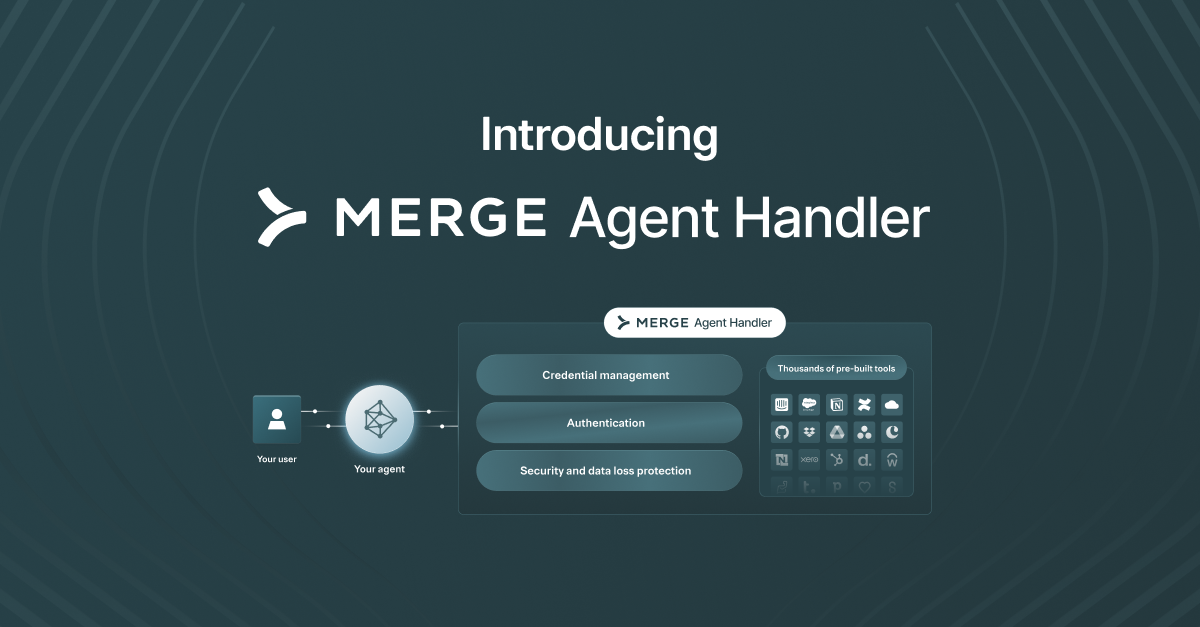Introducing Integration Observability: a suite of features to help manage your customer-facing integrations

Imagine the following scenario: one of your customer’s integrations suddenly stops working and outdated data is now in your product. Your customer relies on this data to make key decisions, and these decisions have downstream effects.
When your customer realizes this, they’re frustrated and ask you why this occurred and how to fix the problem. It’s up to your support team and developers to quickly find a solution in order to prevent a poor customer experience and mitigate customer churn.
How can you easily and quickly find a way to troubleshoot this issue without pulling in your engineering teams and going through lines and lines of backend code? By leveraging Merge’s suite of Integration Observability features.
Before we outline what’s included in our Integration Observability tooling, we’ll cover why it’s so difficult to build these features internally.
The challenges of implementing integration observability in-house
Building out all the features and capabilities included in our Integration Observability tooling would take a considerable amount of time and resources to do internally. Each additional customer-facing integration exponentially scales the amount of monitoring and logging required; each connection between a customer and API can generate tens of thousands of logs per day or more. Furthermore, due to the data infrastructure required, managing integrations can quickly become expensive.
On top of building API monitoring and logging tools, you need to implement logic to accurately flag any issues to the correct teams and equip those teams to work with the customer to resolve them.
Finally, you need to ensure that each customer integration is secure. Determining and building different levels of data access and finding ways to customize data sharing for each customer is an added challenge.
Related: What is integration monitoring?
Overview on Merge’s Integration Observability tooling
Integration Observability is a set of tools we provide to give you full control and visibility over your product’s integrations; the end goal of using these features is keeping your integrations stable, reliable, and performant.
Integration Observability allows you to validate important questions, like whether the right data is getting synced, and if your integrations are stable.And through our Integration Observability tooling, you can:
- Implement monitoring and logging mechanisms to track the integration's health, performance, and error conditions.
- Set up alerts to proactively identify issues.
- Establish a resolution process to quickly resolve issues.
- Ensure security around the integrations you offer.

Related: A guide to assessing integration observability tools
Final thoughts
We’ve learned through experience that building integrations isn’t nearly as hard as managing and maintaining them. That’s why we’ve launched accessible—yet powerful—Integration Observability features for your customer success managers; and it’s why we’ve built a team of partner engineers who maintain integrations on your engineers’ behalf.
You can learn more about our Integration Observability tooling and our integration maintenance support by scheduling a demo with one of our integration experts.






.png)

